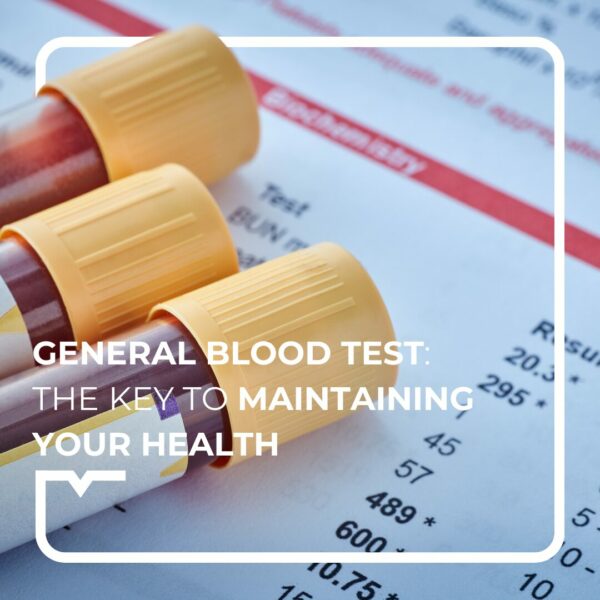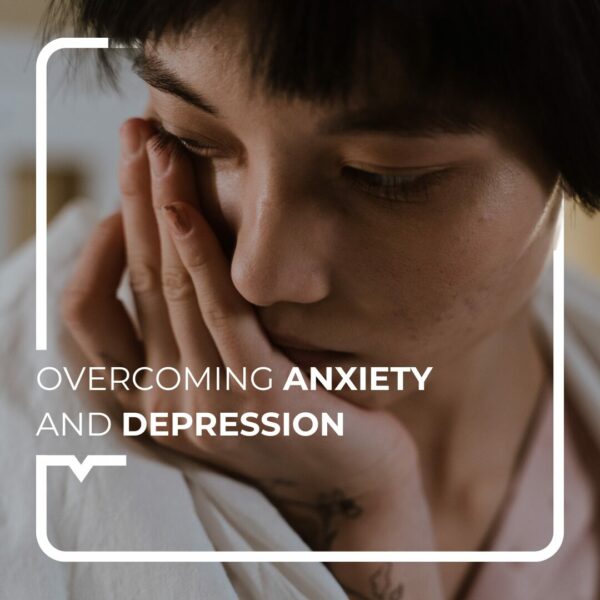Endometriosis has long been a mystery to the general public, but now it’s being talked about more and more – and that’s just as well!
Olá, it’s Dr Joy,
I’m here today to explain what is it.
Vamos !
What is endometriosis?
It is a chronic gynaecological disease characterised by the presence of endometrial tissue outside the uterus. Endometrial tissue is the mucous membrane that lines the uterine wall and develops each month to accommodate a fertilised egg. With endometriosis, this tissue can be found in the ovaries, fallopian tubes, peritoneum, rectum, bladder or other parts of the pelvic cavity.
What are the symptoms?
Some women with endometriosis may experience mild, intermittent symptoms, while others may have severe, chronic symptoms that affect their quality of life.
- Pelvic pain: this is the most common symptom. It may be chronic or occur only during menstruation. The pain may be located in the lower back, hips, legs, rectum, bladder, stomach or genitals.
- Dysmenorrhoea: this is a medical term used to describe menstrual pain. Menstrual pain is often more intense in women with endometriosis. It may be accompanied by cramps, nausea, vomiting and diarrhoea.
- Pain during sexual intercourse: pain during sexual intercourse is another common symptom of endometriosis. The pain may be located in the pelvic or abdominal area and may be felt during or immediately after intercourse.
other symptoms
- Infertility: it can cause fertility problems due to inflammation and adhesions in the pelvic area. Women with endometriosis may have difficulty conceiving or maintaining a pregnancy.
- Abnormal bleeding: women with endometriosis may experience heavy or irregular menstrual bleeding, bleeding between periods or bleeding during or after sexual intercourse.
- Fatigue: Fatigue is another common symptom of endometriosis. Women with endometriosis may feel tired or exhausted even after a good night’s sleep.
It is important to consult a doctor if you experience these symptoms in order to determine the underlying cause and find an appropriate treatment.
Who is at risk?
Endometriosis is a gynaecological disease that mainly affects women of childbearing age, i.e. between puberty and the menopause. However, it can also affect teenagers and post-menopausal women, although this is rarer.
Endometriosis can affect all women, regardless of their ethnic group or geographical origin. It affects around 1 in 10 women worldwide, or approximately 180 million women, making it one of the most common gynaecological diseases.
This is important to note that this disease can be difficult to diagnose, as symptoms can vary considerably from one woman to another and mimic other gynaecological or digestive conditions. It is therefore important to consult a doctor if you have any unusual symptoms in order to obtain an accurate diagnosis and appropriate treatment.
How do you get endometriosis?
It is not a contagious disease. The exact cause of endometriosis is not known. However, there are several theories about how it develops.
It is important to note that endometriosis is not caused by factors such as sexual activity, pelvic trauma, eating habits or personal hygiene.
Treatment
Endometriosis treatment is not curative, but can help relieve symptoms and slow the progression of the disease.
It is also possible to relieve the symptoms of endometriosis through sophrology or by adapting your diet with the help of a naturopath or a nutritionist.
Women with this disease need to work closely with their doctor to develop an appropriate treatment plan and manage their condition effectively.
Até já,
Dr Joy.
This information content cannot in any way replace a medical opinion.
It is imperative to seek advice from your doctor or other qualified health professional for any question related to your state of health.
Source:



